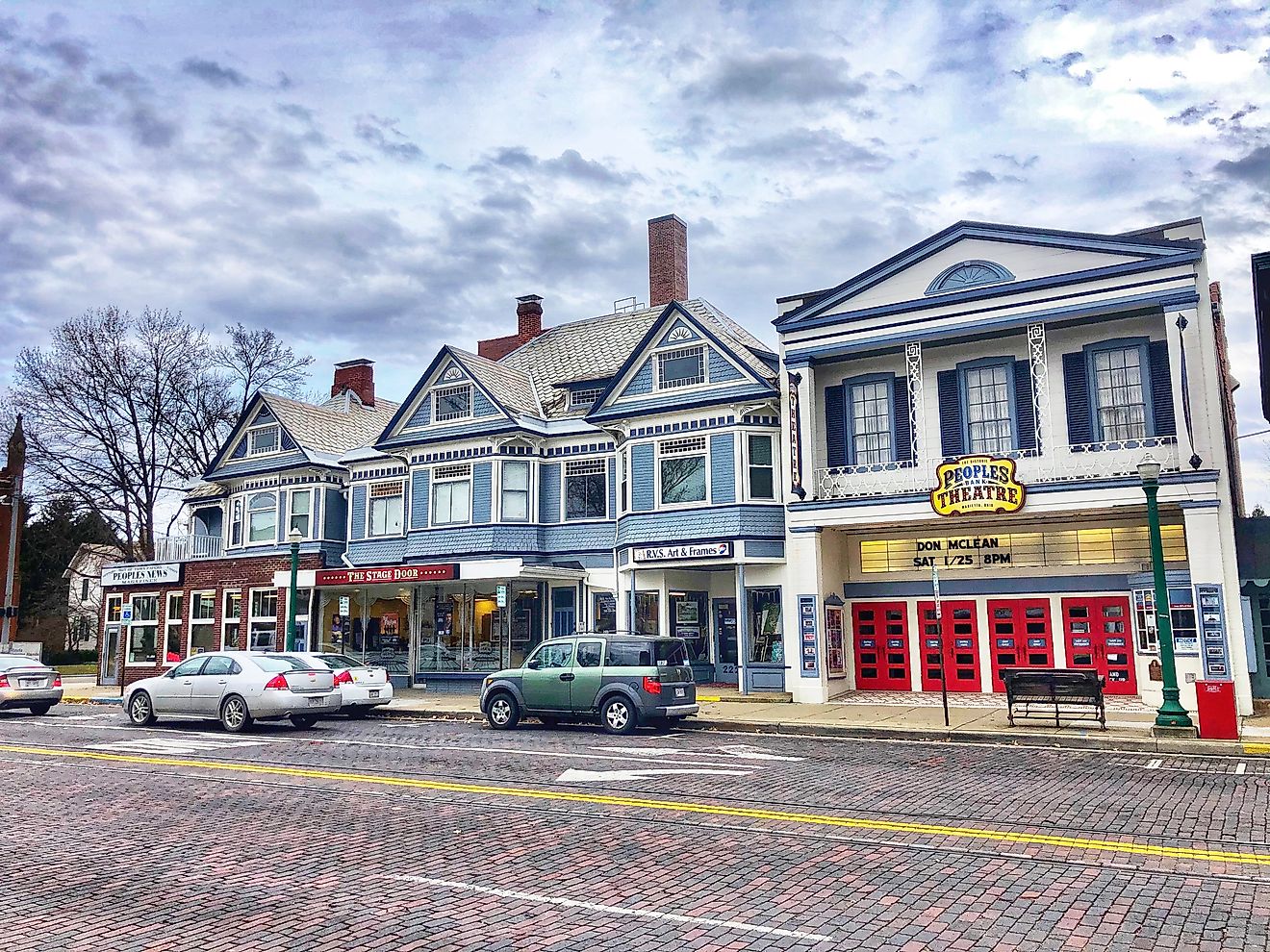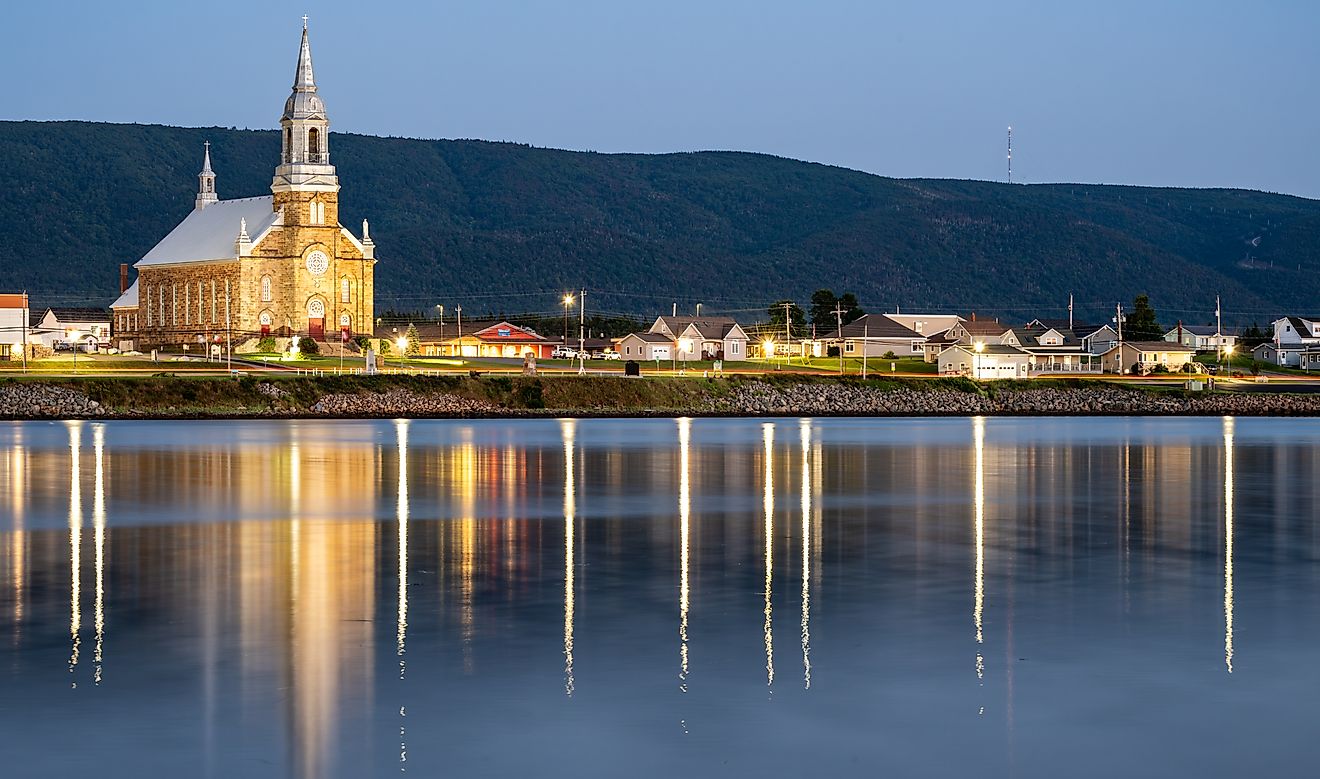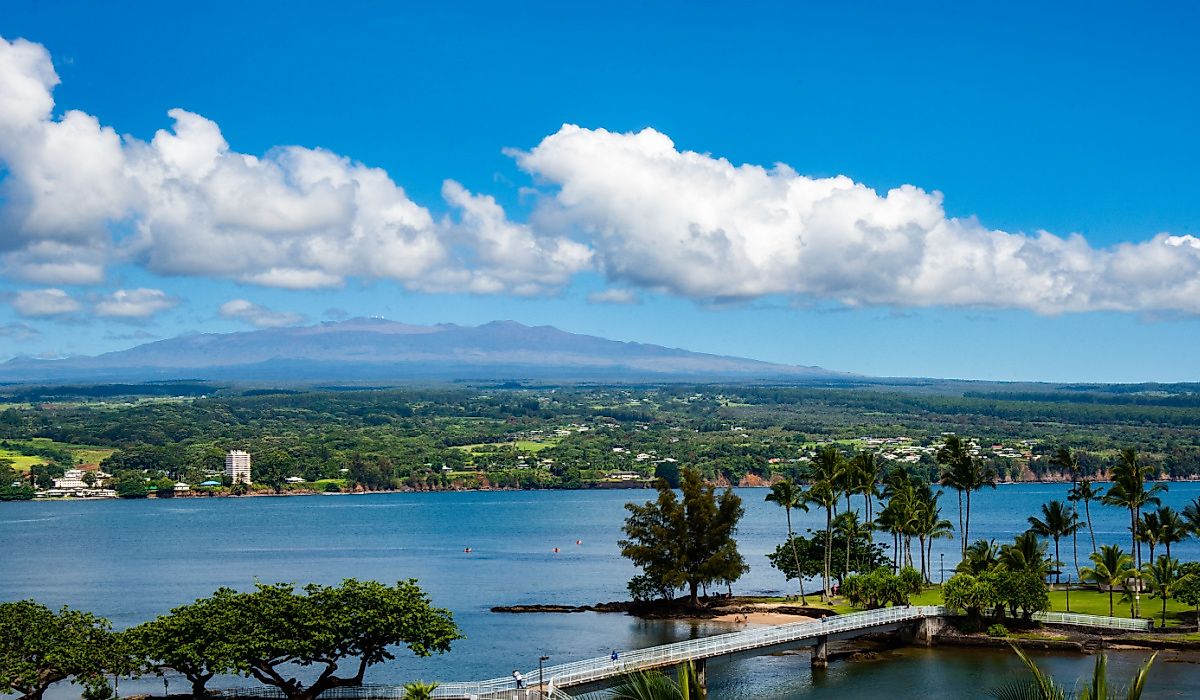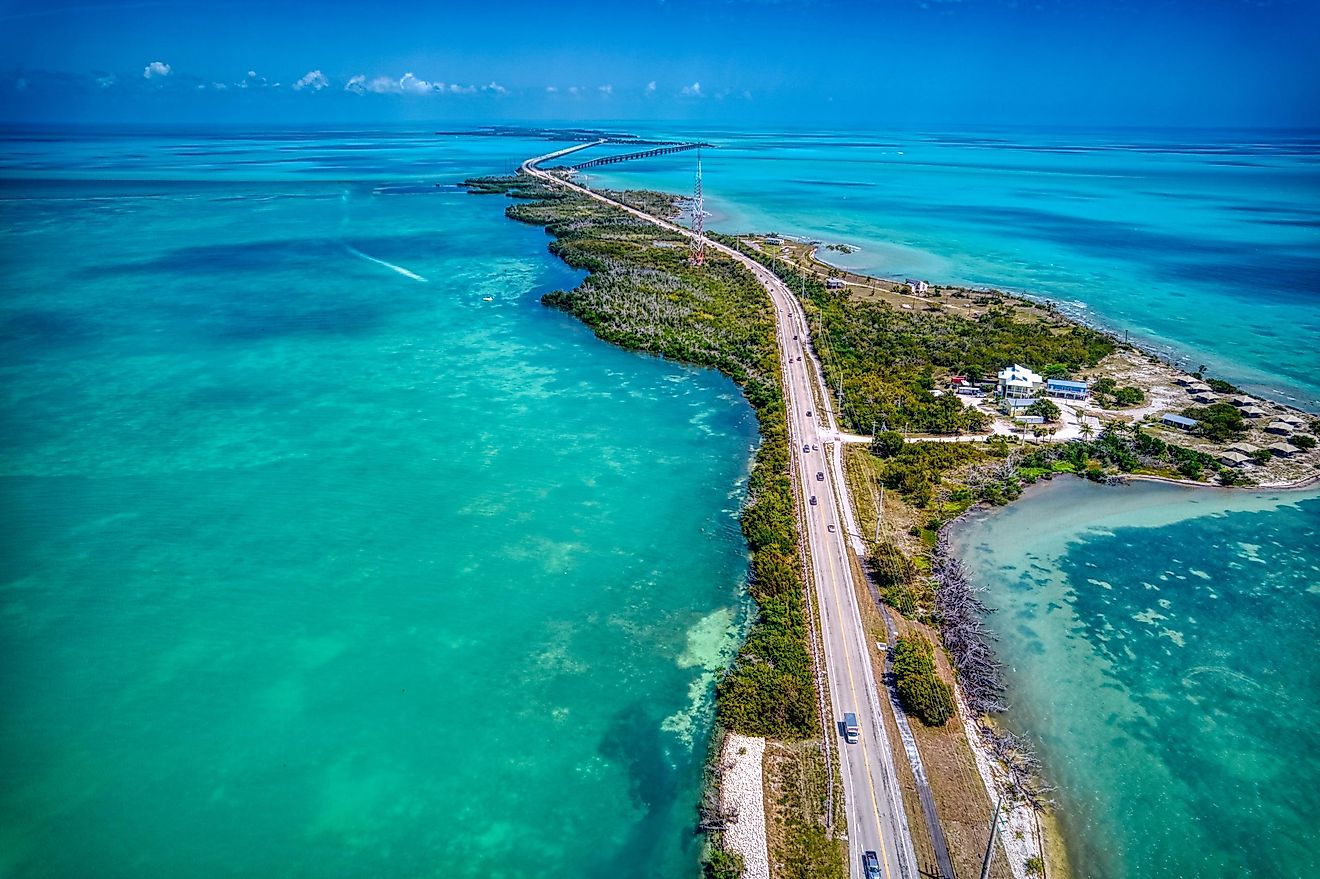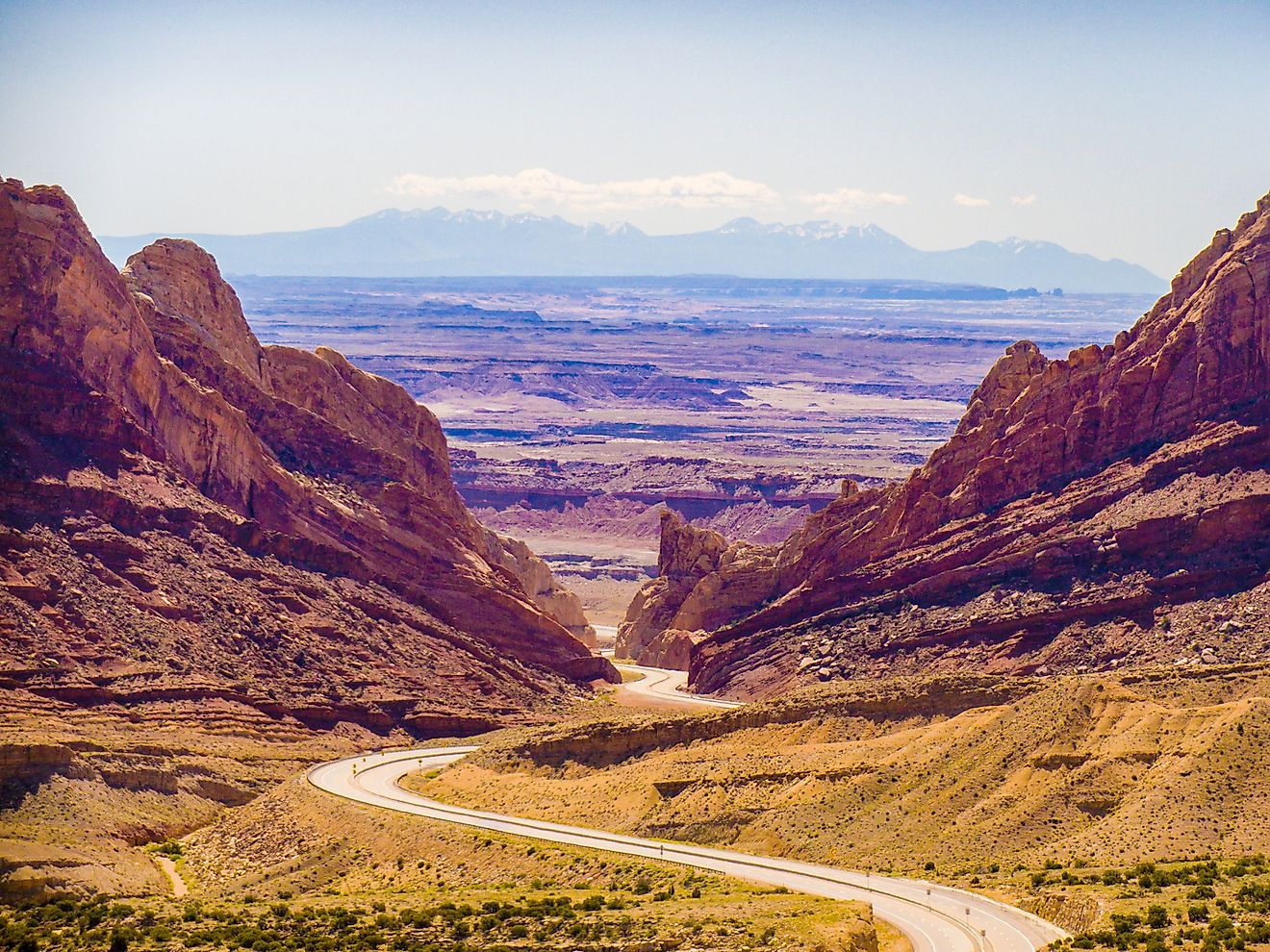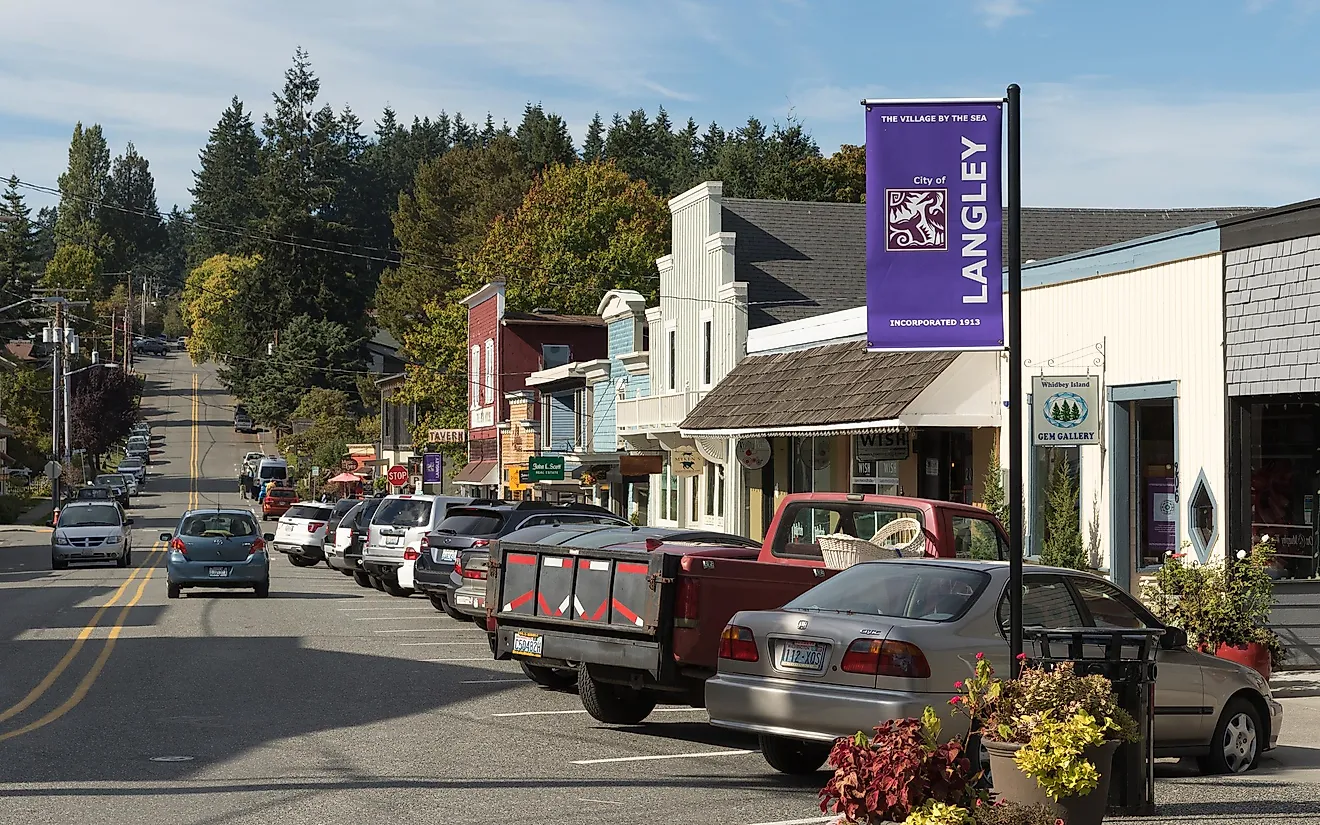The Biggest Rainforests In The World And How To Visit Them
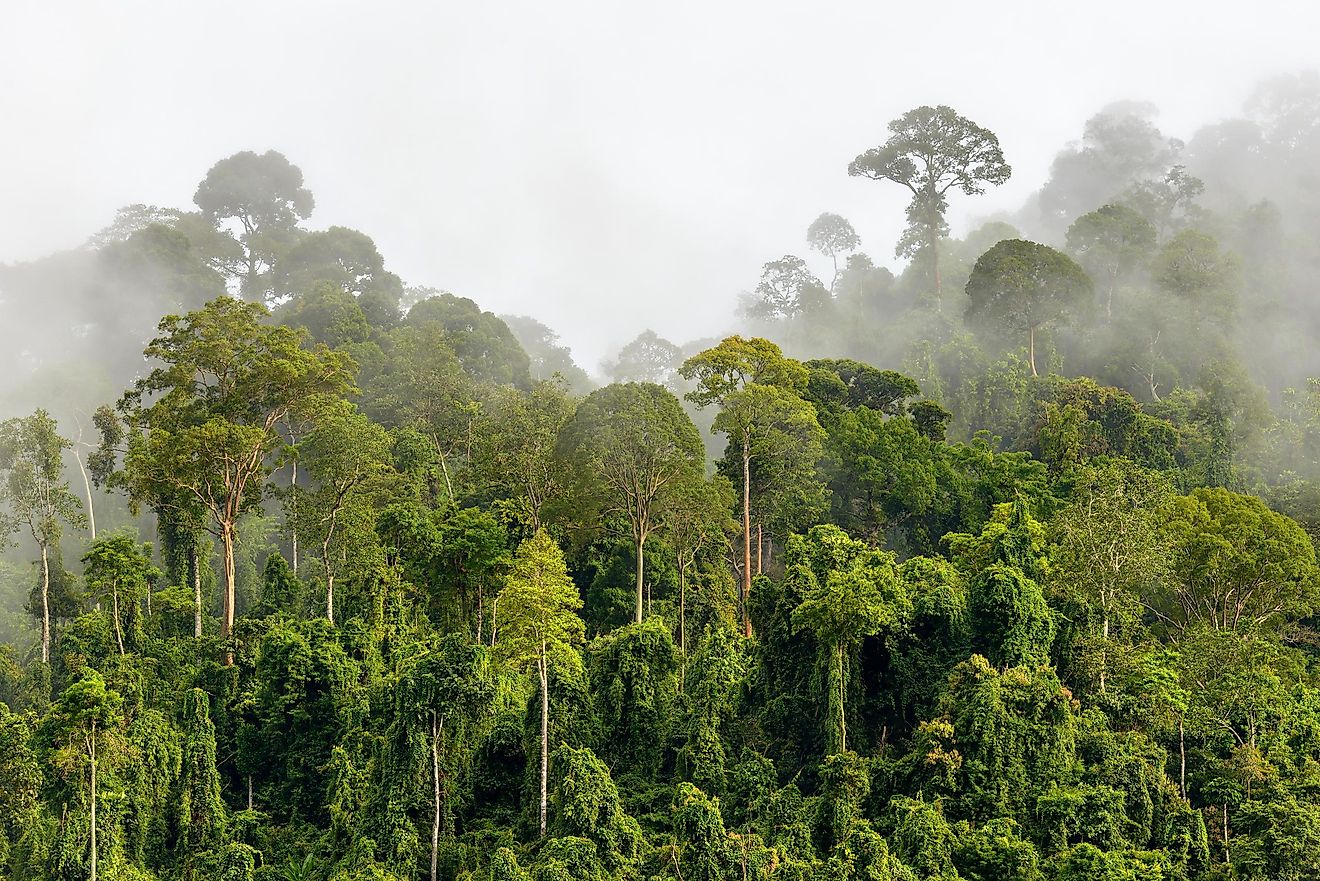
- The Amazon River, the largest river by discharge volume in the world, passes through the Amazon rainforest.
- The Daintree rainforest in Australia is home to some of the earliest plants on earth, such as Lycopsida and Psilotopsida.
- The Southeast Asian rainforest is under constant threat of deforestation, and large parts of it were destroyed already because of it.
Large rainforests are extremely important ecosystems on our planet. They are home to a large number of animal and plant species, and they absorb vast amounts of carbon dioxide, which helps preserve the balance of the air we breathe. This also helps constrain global warming. Given the immense value they hold, the fact that rainforests are constantly under threat by human activity is extremely sad. It is considered that more than half of the trees on our planet have been cut down by humans through history.
Nowadays, deforestation is mostly done through farming, mining, and excessive development. Experts believe that rainforests could disappear entirely within the next 100 years if we do not change the way we treat them. We divide the largest rainforests into two types: tropical rainforests and temperate rainforests. Tropical rainforests are located near the equator, have a warm, wet climate, are evergreen, and the rainfall in them is consistent.
They cover only 6% of our planet's surface, although 80% of the documented animal species are living there. Temperate rainforests are humid forests that can be found on mountain ranges, spreading much further south and north than tropical rainforests. The biggest rainforests in the world are a sight to behold, and we will talk about the biggest ones in this article.
7. Kinabalu National Park
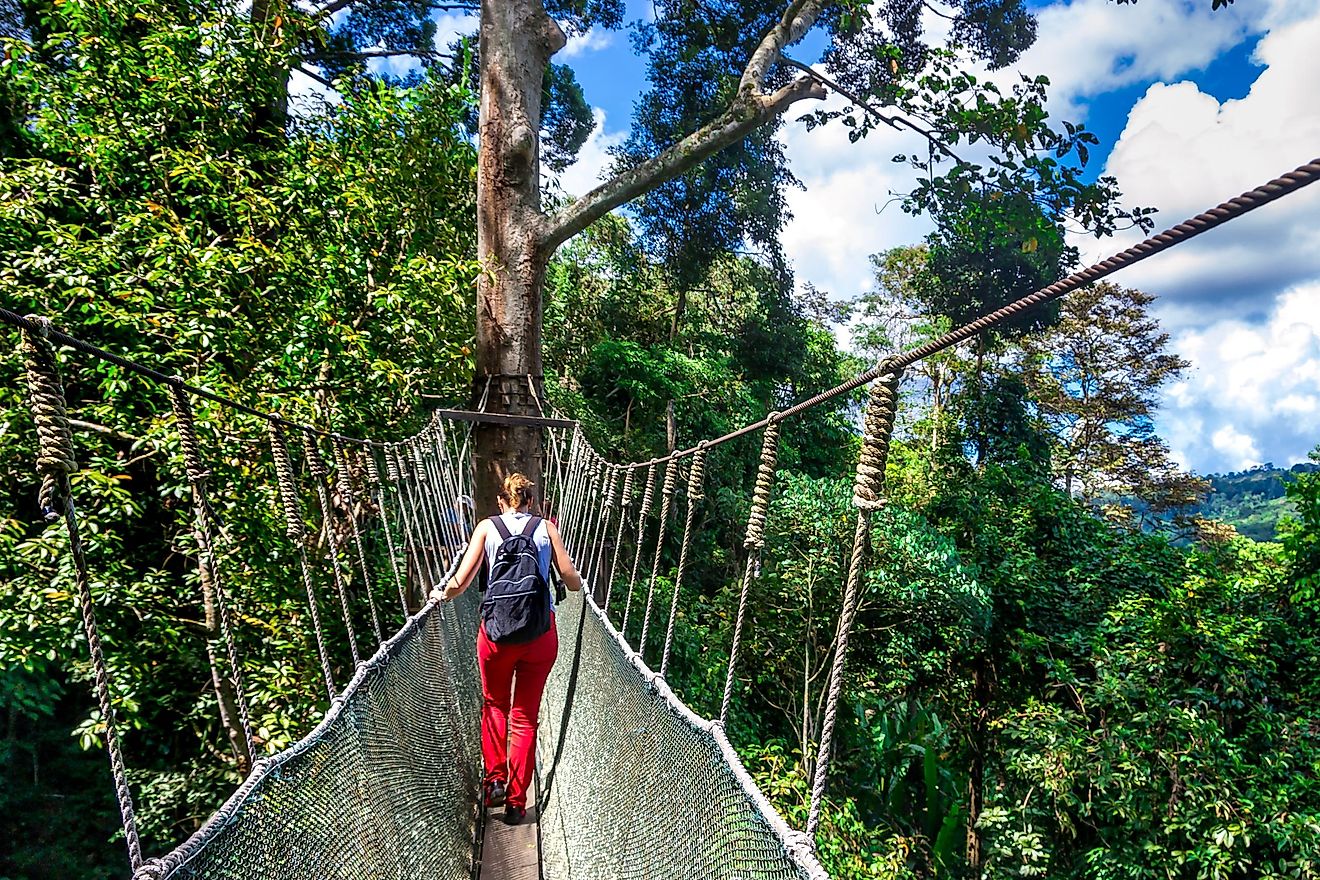
This rainforest makes up the first national park in Malaysia. It was established in 1964 and can be found on the west coast of Sabah. This forest got its name from Mount Kinabalu, the highest mountain on the island of Borneo.
Many people visit this park every day, especially rock climbers, meaning there should be plenty of ways to get there. As usual, using a tour is the preferred method, but if you are feeling especially adventurous, you can explore other ways to get there and create a unique experience for yourself.
6. Tongass National Forest
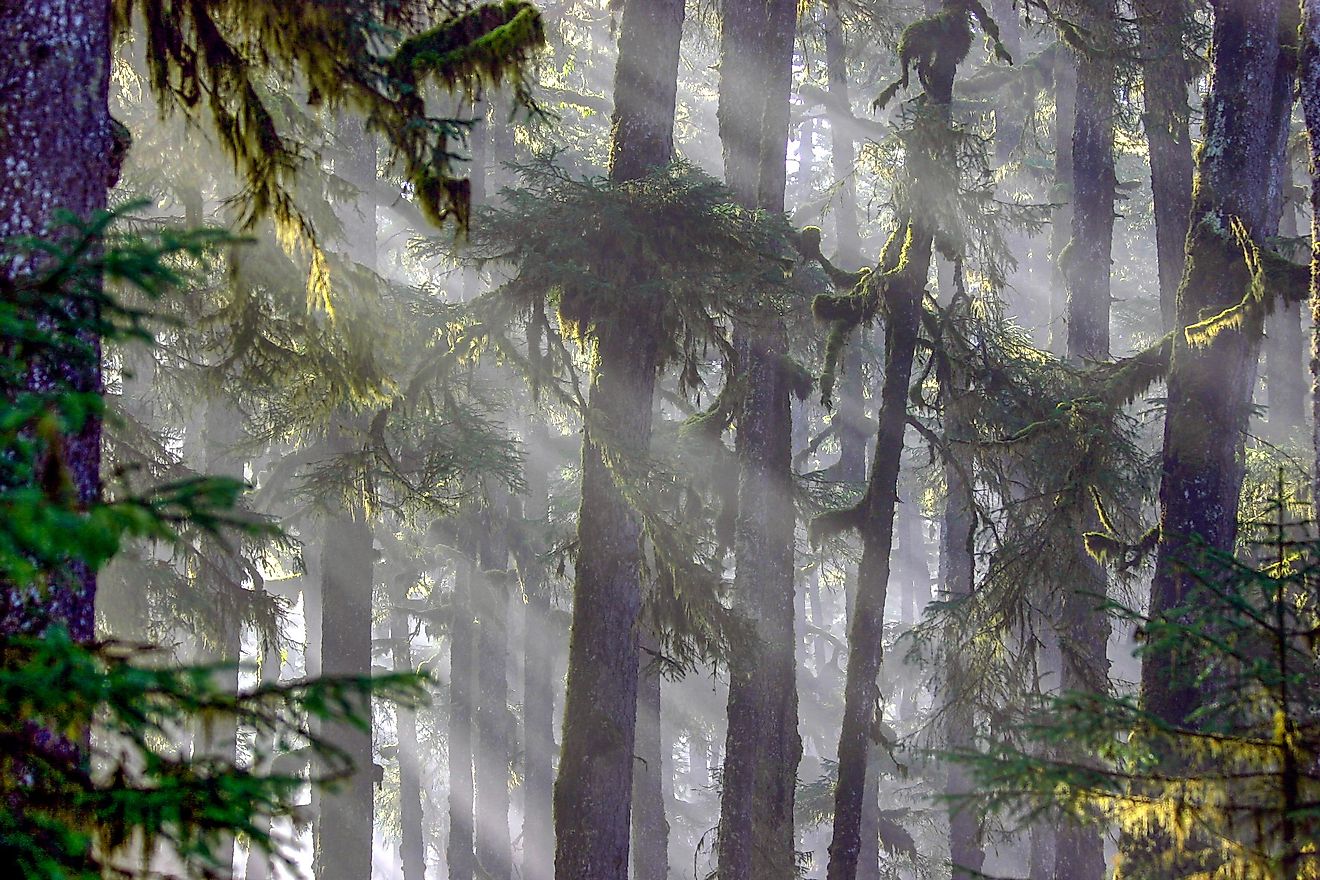
The Tongass national forest is the biggest national forest in the US, found in Southeast Alaska. It covers an area of around 17 million acres and is home to a large number of endangered plant and animal species. Along the shores, we can find marine mammals, while inside the forest, the brown bears and wolves reign supreme as the main predators.
Visiting this rainforest is easier than most, with plenty of ways to experience its beauties. Some of those include hiking through glaciers or using a canoe to paddle through different routes.
5. Southeast Asian Rainforest
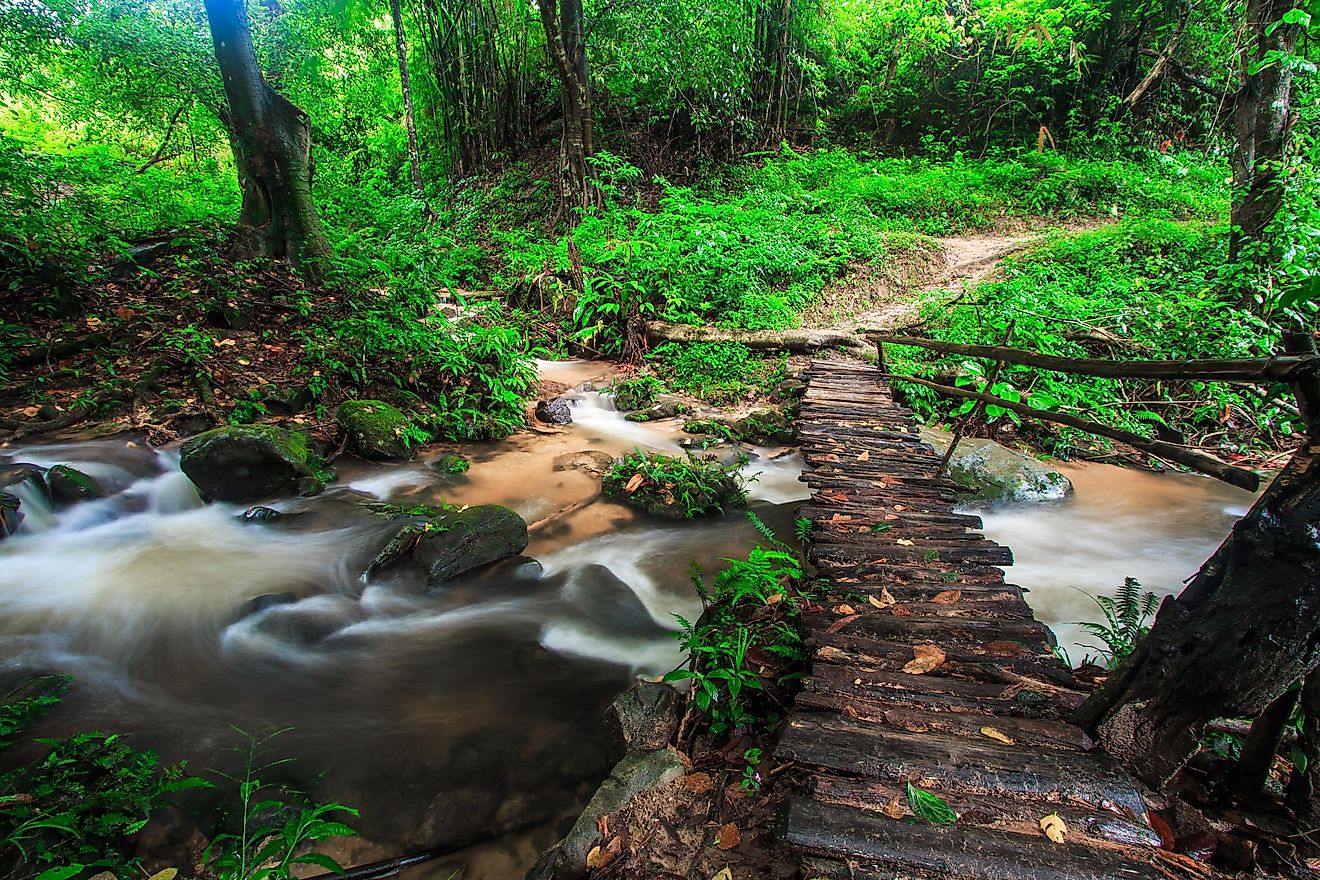
This rainforest is spread across the continent of Asia, covering Cambodia, Laos, and the Malay Peninsula. The Southeast Asian rainforest used to be bigger but was tragically destroyed by deforestation. The deforestation eradicated a large number of tree species that could be found in this rainforest, while many others have been endangered.
It is well known for being the residence of many rare animal species, including some reptiles and amphibians. Some of the more interesting species living there are the king cobra, Bengal tiger, Cave nectar bats, and many others. As with other rainforests, joining a tour seems to be the way to go if you wish to visit this particular rainforest.
4. Daintree Rainforest
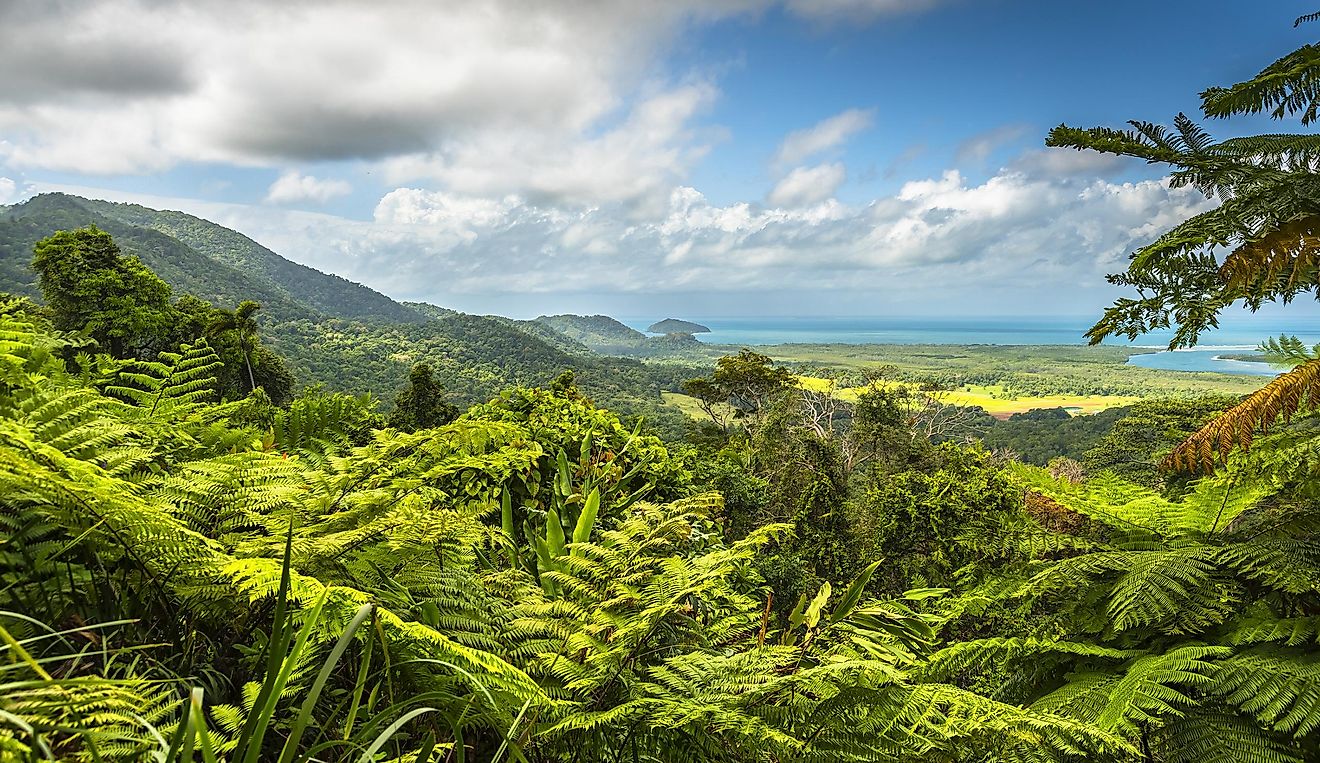
Another tropical rainforest on the list, but this one can be found in Australia, on the northeast coast of Queensland. The main river of the Daintree rainforest is the Daintree River, and it also includes the Daintree National Park. If you are wondering why everything seems to share the name Daintree, the reason is simple - Richard Daintree was a famous Australian geologist and photographer.
Some of the earliest plants to have existed on our planet can be found in this rainforest, such as Lycopsida and Psilotopsida, to name a few. Not only that, but there is also a large number of animals here that are almost impossible to find anywhere else. Getting to the Daintree rainforest is not that hard; there are plenty of options that will take you there, including a ferry.
3. Valdivian Temperate Rainforest
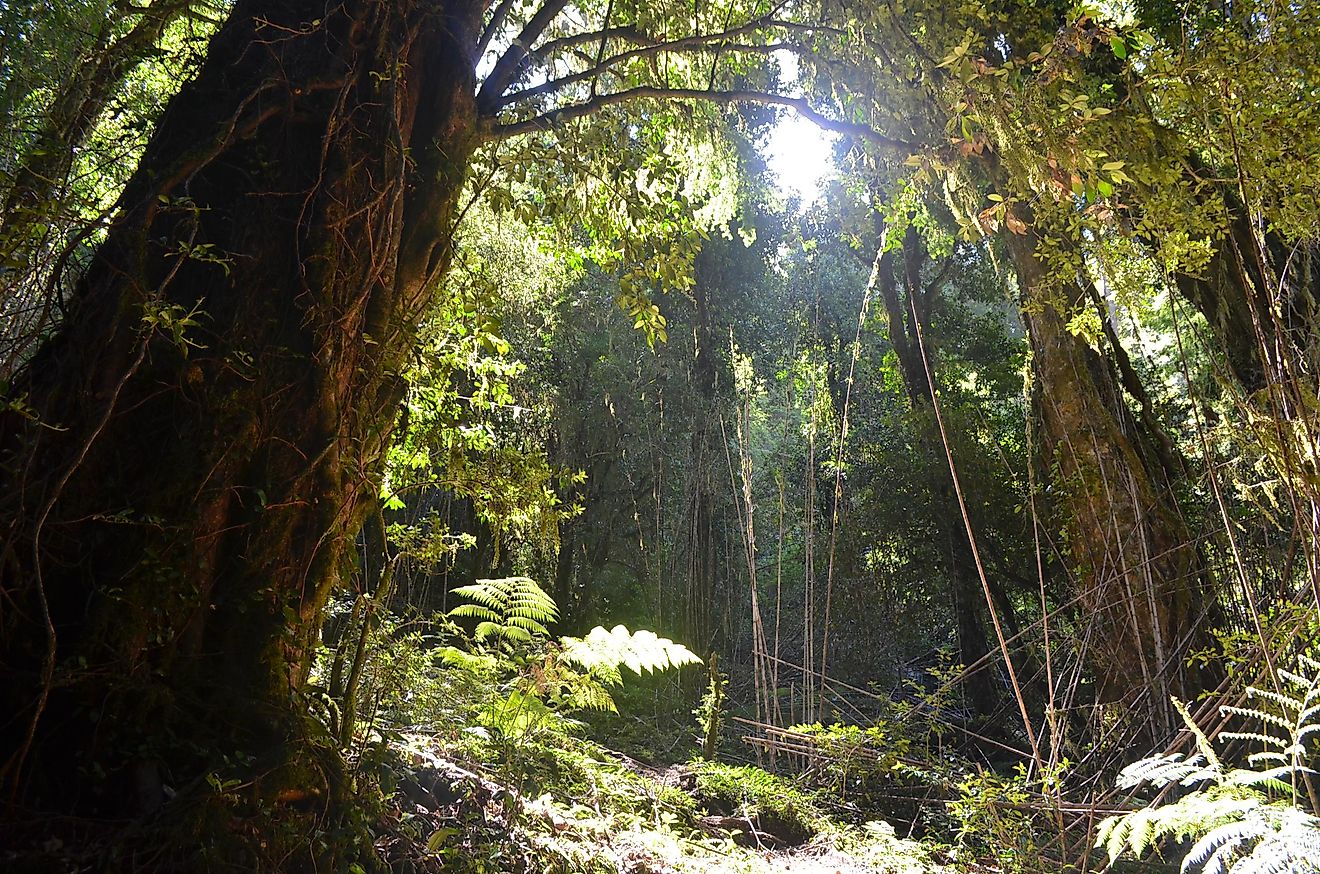
On the west coast of South America, covering parts of Chile and Argentina, we can find the Valdivian Temperate Rainforest. This rainforest is known to be extremely foggy and humid, but some interesting species live there. There are beautiful 150-foot tall trees and rare plants in the Valdivian rainforest, and since it is on the coast, you can witness ice sheets and glaciers as well.
This rainforest got its name from the city of Valdivia in Southern Chile, and it is often referred to as the Selva Valdiviana. Getting to the Valdivian rainforest is most accessible from Santiago, the capital of Chile, and there are plenty of options that will get you there safely, including a train ride or a bus.
2. Congo Rainforest
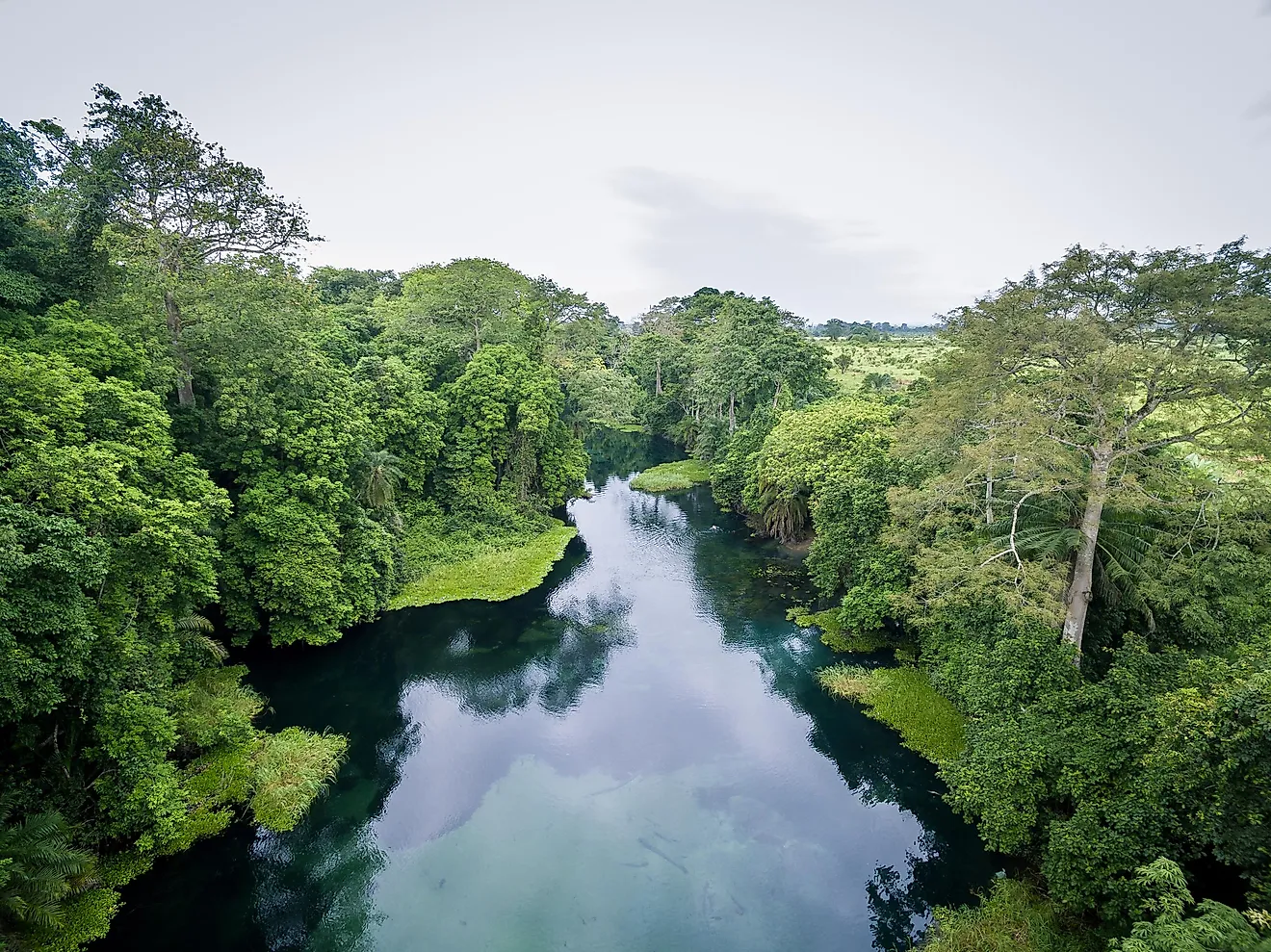
The world's second-largest rainforest, the Congo rainforest, is found in central Africa, covering a large part of Northern Congo. The Congo river passes through this rainforest, and it is the second-largest river in the world, by volume. Even though it is mostly situated in Northern Congo, the Congo rainforest also covers parts of Angola, Cameroon, Tanzania, Zambia, Burundi, Rwanda, Republic of the Congo, the Democratic Republic of the Congo and the Central African Republic.
This rainforest also features a large number of different plant and animal species, including gorillas, forest elephants, and lions. Visiting this rainforest is also recommended by using a tour company, preferably by finding one in the Republic of Congo.
1. Amazon Rainforest
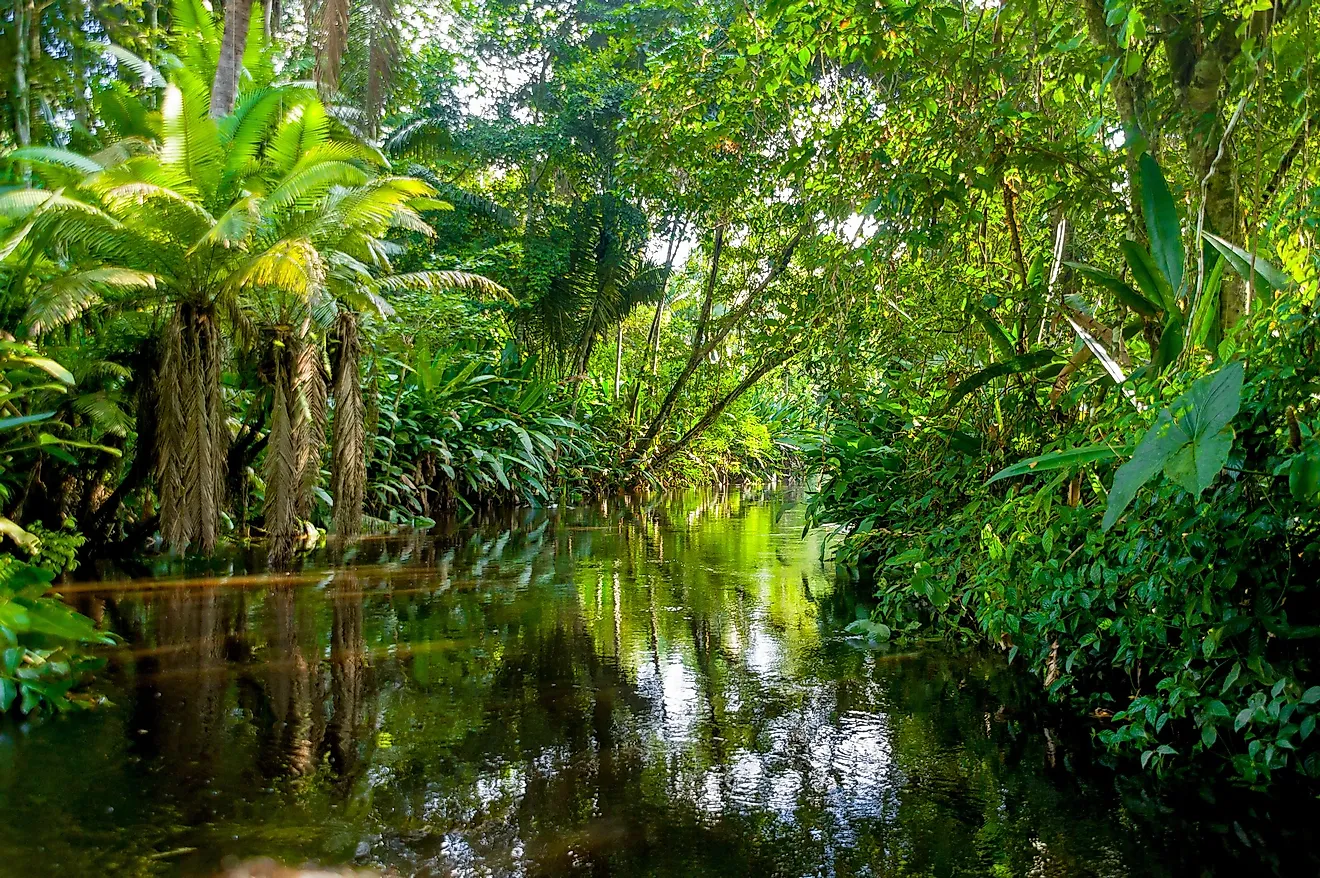
The Amazon rainforest is the world's largest tropical rainforest. It spreads across the majority of the Amazon Basin in South America and runs through Brazil, Peru, Venezuela, Bolivia, Ecuador, Colombia, Suriname, Guyana, and French Guiana. However, the majority of rainforest is placed in Brazil. It is estimated that we can find 16,000 different tree species in the Amazon rainforest.
When it comes to other plants, animals, and insects, the numbers are even more impressive. The number of plant species is estimated to be in the tens of thousands, while the number of mammals and birds is somewhere around 2,000 different species. The especially interesting thing is that there is still a large number of undiscovered species.
The easiest way to visit the Amazon rainforest is by taking a tour from one of the countries it passes through, like Brazil. A tour is advised since going through the rainforest can be dangerous, with predatory creatures running around and the possibility of contracting a disease such as malaria or yellow fever.






